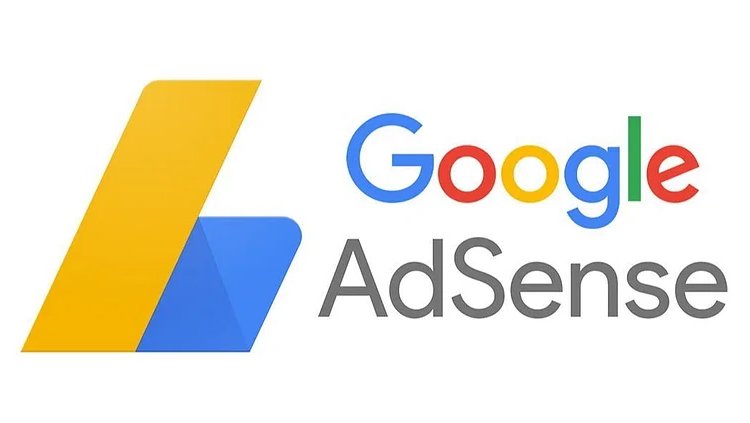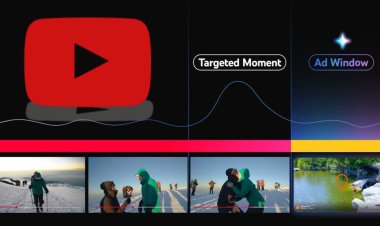Google AdSense's 2024 Transition: From Pay-Per-Click to Pay-Per-Impression
According to Dan Taylor, Vice President of Global Ads, the forthcoming changes aim to establish a uniform method for publishers to assess fees across their diverse monetization tools

Google is set to implement two significant modifications to its AdSense digital advertising platform at the beginning of next year. In a recent blog post, Dan Taylor, Vice President of Global Ads, detailed these changes, emphasizing their goal of establishing a uniform method for publishers to evaluate fees across the various monetization technologies they employ and enhancing transparency in the media-buying process.
While these updates are on the horizon, Google does not anticipate any adverse impact on publishers' earnings. The primary shift in AdSense involves transitioning from a pay-per-click model to the industry standard of pay-per-impression. This alteration is aimed at providing a consistent approach to compensating publishers for their ad space across Google's offerings and third-party platforms, making it easier for them to compare with other technology providers they utilize.
Simultaneously, AdSense is revising its revenue structure to handle fees differently. Previously, when publishers utilized AdSense for content monetization, they retained 68% of the revenue, as fees were processed in a single transaction. Now, the AdSense revenue share will be divided into distinct rates for the buy-side and sell-side. For displaying ads with AdSense for content, publishers will receive 80% of the revenue after deducting the advertiser platform's fee, whether it is Google's buy-side or third-party platforms.
Dan Taylor clarifies, "For example, when Google Ads purchases display ads on AdSense, Google Ads will retain, on average, 15% of advertiser spend. There are variations because Google Ads does not take a fixed, per-impression fee, as many advertisers choose to pay based on user actions, like a click or conversion. Overall, publishers will continue to keep about 68% of the revenue."
When advertisers utilize third-party platforms to buy display ads on AdSense, publishers will retain 80% of the revenue after the third-party platform has subtracted its fee. Google will not have control or visibility into the fees these third-party platforms charge advertisers or their calculation methods.
In summary, the adjustment in the AdSense revenue structure will result in publishers receiving a higher share of ad revenue (80%) after the advertiser platform deducts its fee, compared to the previous 68% when fees were processed in a single transaction. This change is designed to benefit publishers by increasing their earnings from displaying ads within their content.

 Sumit Rawat
Sumit Rawat 










